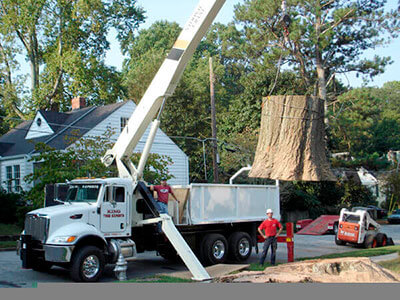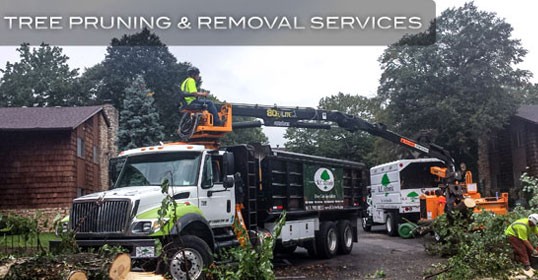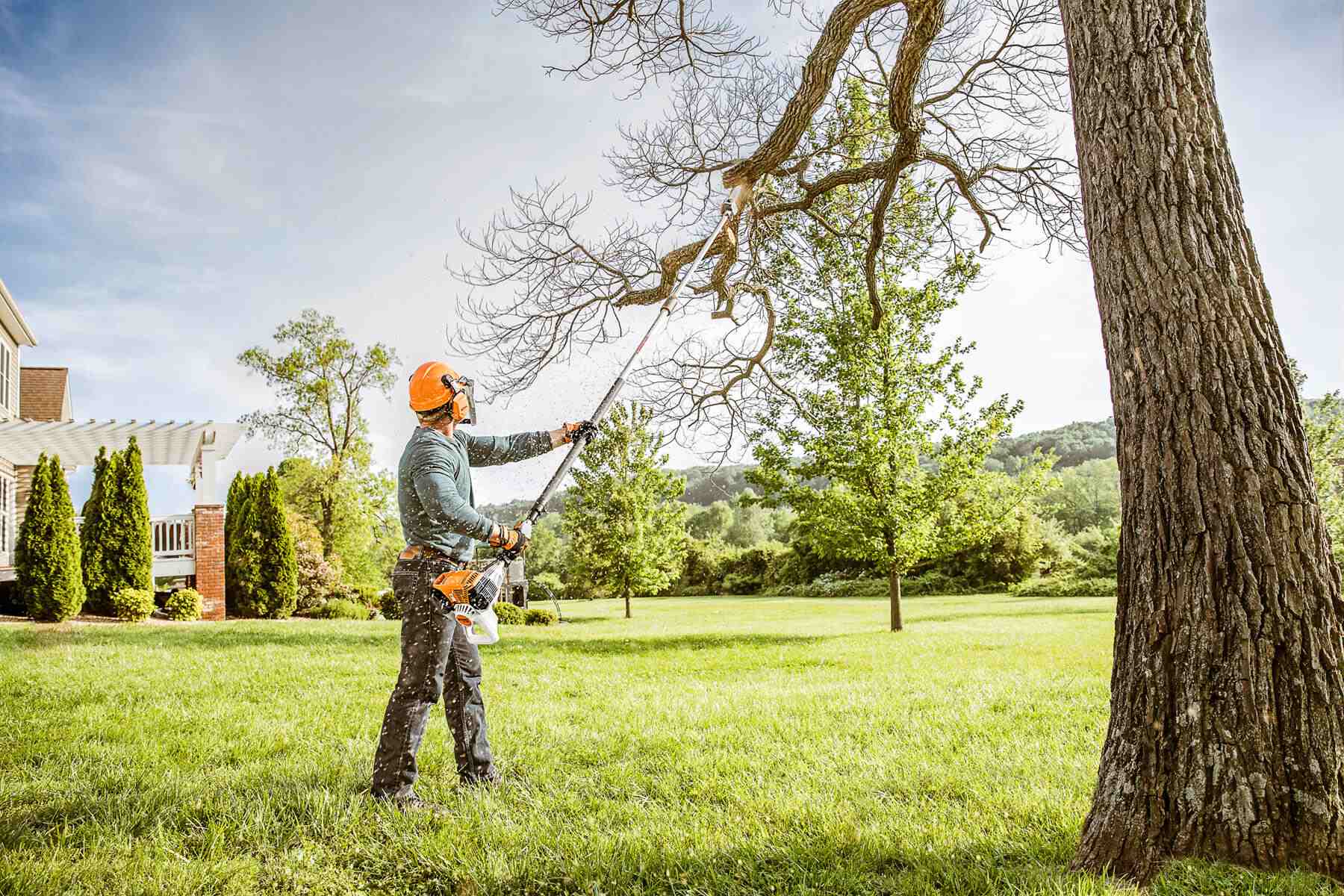Comprehending the Value of Tree Conservation and Conservation Practices in Urban Areas
In the dynamic landscape of urban environments, trees often stand as quiet guardians, providing a multitude of advantages that extend much past their aesthetic charm. As we check out the interwoven textile of environmental, social, and financial benefits that metropolitan trees use, it becomes obvious that their conservation is pivotal for the health of future and present generations.
Ecological Benefits of Trees in Cities
Trees in metropolitan locations play a vital duty in offering different ecological advantages, adding to the overall wellness of city residents. This procedure helps decrease the concentration of hazardous gases, making the air cleaner and healthier for residents.

Moreover, trees contribute to water monitoring by reducing stormwater runoff and soil disintegration. Their root systems soak up excess water, avoiding flooding and filtering system contaminants prior to they get to water bodies. This all-natural procedure aids maintain water quality and safeguards marine environments in city locations. Overall, the environmental advantages of trees in cities are essential for creating sustainable and livable metropolitan environments.
Social Importance of Urban Tree Preservation
In contemporary metropolitan landscapes, the conservation of trees holds substantial social significance for promoting neighborhood health and enhancing top quality of life. Urban tree preservation plays a crucial role in producing rooms for social interaction and area engagement. Trees provide event areas for people, such as parks and environment-friendly areas, where areas can come with each other for leisure activities, social occasions, and leisurely walks. The visibility of trees in metropolitan setups has been linked to reduced degrees of stress and anxiety, boosted psychological wellness, and boosted feelings of well-being amongst homeowners. In addition, trees add to the appearances of areas, producing visually appealing environments that improve the overall livability of urban locations.

Economic Worth of Tree Preservation
The conservation and conservation of urban trees use significant financial advantages that contribute to the total financial wellness of cities and communities. Urban trees provide a large range of financial benefits that positively affect neighborhood economic climates. One substantial economic benefit of tree preservation is the rise in property values. Trees improve the visual appeal of communities, leading to higher building values and drawing in possible purchasers or lessees. Additionally, urban trees help in reducing power expenses by offering color in the summer and functioning as windbreaks in the winter, therefore decreasing the demand for home heating and cooling down systems.
Furthermore, trees play a critical duty in site here minimizing stormwater drainage and alleviating the effects of flooding, which can result in cost financial savings for cities in regards to facilities maintenance and repair work. Urban trees also add to enhanced air high quality by releasing and absorbing toxins oxygen, causing potential financial savings in medical care expenses related to respiratory system health problems. By acknowledging and investing in the financial value of tree conservation, cities can advertise sustainable growth, improve high quality of life, and create even more resistant metropolitan atmospheres.
Techniques for Lasting Urban Tree Administration
An extensive strategy to sustainable city tree management includes integrating diverse techniques that prioritize lasting ecological wellness and area wellness. Implementing tree stocks and analyses is important to recognize city tree populations, their wellness, and maintenance demands. Regular trimming, watering, and mulching are essential methods to ensure tree vitality. In addition, adopting tree planting programs that concentrate on climate-resilient and native types can boost urban biodiversity and sustainability.
Neighborhood interaction plays a crucial duty in lasting city tree monitoring. Educating residents about the benefits of trees, arranging tree planting events, and involving volunteers in tree care activities fosters a sense of ownership and stewardship. Collaboration between local federal government, environmental companies, and residents is key to developing and applying reliable tree administration plans.
Buying green facilities, such as green roofs and city forests, can supply several benefits, including improved air high quality, stormwater monitoring, and metropolitan heat island reduction. Tree service guilford ct. Integrating trees right into metropolitan preparation and style processes makes sure that trees are valued as vital components of a healthy and balanced and resistant urban atmosphere
Neighborhood Participation in Tree Preservation
Community participation is an essential element in fostering sustainable urban tree monitoring techniques and ensuring the long-lasting health and wellness and preservation of urban tree populations. Involving the neighborhood in tree conservation initiatives can cause raised understanding, recognition, and stewardship of trees within metropolitan areas. When residents actively join tree preservation, maintenance, and growing efforts, they establish a sense of ownership and satisfaction in their neighborhood atmosphere.
Area participation likewise promotes social communication and cooperation amongst locals, local authorities, and ecological organizations, cultivating a common obligation for city Discover More tree preservation. By arranging tree planting occasions, academic workshops, and volunteer possibilities, communities can function with each other to improve the metropolitan tree canopy and create greener, much healthier cities.
Conclusion
To conclude, urban tree conservation and preservation practices play an essential role in boosting the ecological, social, and financial well-being of cities. By recognizing the worth of trees in city areas and carrying out lasting administration methods, communities can take pleasure in the numerous benefits that trees offer. It is essential for stakeholders to proactively join tree preservation initiatives to ensure a greener and much healthier click to read urban atmosphere for existing and future generations.
